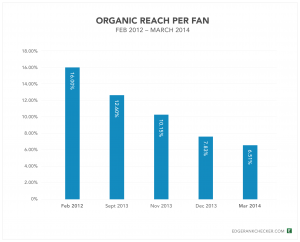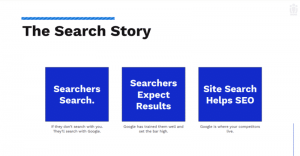If you want maximize the return from your marketing programs, attribution is a no-brainer. Columnist Eric Dezendorf has some tips on how to become attribution-ready.

How do I get the most out of my marketing programs?
This question has plagued marketers for decades. In the digital age we’re currently enjoying, the question has become even more complicated.
Before the average user converts on a given product or program, he or she can see display ads, search ads, emails, television ads, direct mail, social media campaigns and a bevy of other marketing campaigns. So how do marketers know how much each campaign on each channel is bringing them back in terms of revenue?
Marketing attribution has been seeking to solve that question for some time. However, in the past, attribution was reliant on complicated data models that could take months to construct, and once one was in place, it generally was outdated, since programs had been added, shifted or ended since the beginning of the construction of the model.
One of the other problems marketers run into consistently is that the traditional investment needed to begin a data model required the data going into the system to be perfect. Since we all know that data is never perfect, especially with all the different sources marketers have today, many times this issue has proven to be a non-starter.
In recent years, however, new companies are popping up that see marketing attribution achieved in a smarter way. These companies believe there are only a few things you need to be attribution-ready.
Perfect data is a white whale. You don’t need it to begin understanding where your ROI is really coming from. If you can get your data to meet the minimums outlined below, you can start maximizing your returns tomorrow.
Follow The User
At a bare minimum, you need to have a persistent “user ID” across all media. This means that no matter where a consumer views your campaign — whether through an ad server, your own website, an affiliate or a search engine — you want to make sure you’re tracking that user with the same code.
In this way, a marketing attribution engine can easily, efficiently and correctly track each user in your system and know what that person has or hasn’t seen. As a part of this, the user ID needs to be carried through to the post-impression level across all viewer display-based media.
If you aren’t measuring channels at a level where you see value, you’re missing the point. Without conversion data, you can only infer what each program is bringing you.
With marketing attribution, you want to be absolutely sure how much money you are making from each ad on each conversion, not just guessing.
Conversion Data Is Key
Second, to be attribution-ready, you need to be able to provide 100% of the conversion data, regardless of whether the user has seen an ad. In this way, the marketing attribution engine can better determine a baseline of users who are converting regardless of your campaigns.
This baseline value can provide a very useful insight all on its own. With this basic amount of data, you can tell between exposed vs. non-exposed users, which can help determine the incremental value gained by your marketing programs.
No longer will you be guessing about how much a certain campaign on a specific channel is bringing in. With this powerful knowledge alone, you can make smarter decisions on how to set your marketing budget.
The Great Myth About Measuring Data
Finally, it’s a major myth that you need to be able to measure your data down to the keyword or placement level. This isn’t true when it comes to being attribution-ready.
Although it’s preferable so you get the maximum amount of insight, it isn’t necessary to get your marketing attribution initiative off the ground. You can derive a plethora of information pretty simply at the overview level.
If you can look at your different channels for digital marketing alone — display versus search versus social versus email and so on — you can gain a great amount of insight into which channels you should be investing in and which ones you need to revisit or revamp as a part of your marketing plan.
As you can see from the above requirements, being attribution-ready is not as scary as you might have thought. You already have access to the data. And to use newer technologies out there, the only challenge is to prepare and transfer the data to the system requirements set by your partner.
Marketing attribution goes a long way toward helping you maximize the return from your marketing programs, and if you haven’t started yet, it’s time to get busy.
Some opinions expressed in this article may be those of a guest author and not necessarily Marketing Land. Staff authors are listed here.
(Some images used under license from Shutterstock.com.)
Marketing Land – Internet Marketing News, Strategies & Tips
(111)








